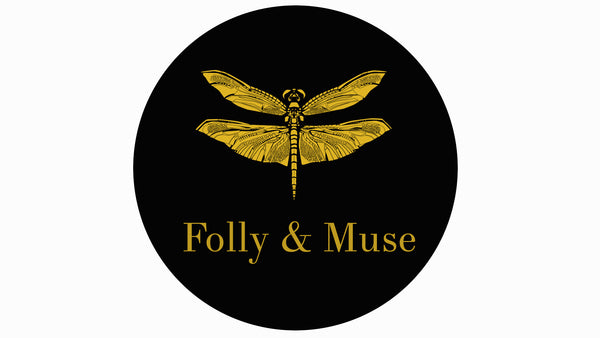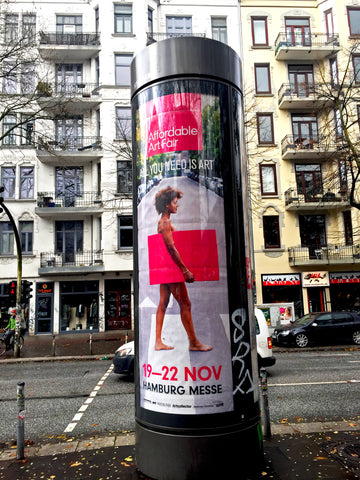Affordable Art Fair Hamburg
Share
Affordable Art Fair Hamburg
From 18-22th November 2015 we participated at the fourth edition of the Affordable Art Fair Hamburg, with 75 local, national and international galleries all showcasing a huge array of contemporary art. You could find fresh new talents hanging alongside well-known names, and our curated Emerging Artist Exhibition making it easy to spot up-and-coming stars of the future.

Thousands of original paintings, prints, sculpture and photography were displayed in an inspiring atmosphere, all under the one roof. And with everything priced under €7,500, you simply couldn’t resist falling for a new piece.
We believe anyone can buy art and so it follows that we also believe anyone can collect art too. It is not the sole preserve of the rich and famous. And starting a collection is a lot easier and a whole lot more affordable than you might think. However, there is a difference in buying art to fill your home with and collecting art. Becoming a collector requires investment, it is an investment in yourself: your personality and your time. Building a collection needs patience and instruction, but it is also a fun way to express yourself and support the arts!
A good way to start is to start small. As with most commodities in life, the bigger it is, the more expensive it will be. Smaller artworks make for the perfect beginning to any collection. Not only are the price tags more modest, but being able to buy more lets you explore your tastes and experiment with different artists and different artworks. But don’t be tempted to rush a collection. Take time to build an incredible collection, as opposed to simply a large one.
If you find something you particularly like, ask questions! The best way to find out more about an artist or a specific work is to chat to the gallerist about them. You will find them an exceedingly knowledgeable bunch and more than happy to impart their wisdom. And if you have an insatiable desire to know even more, then you could sign up to their mailing lists to be kept up to date with all arty goings-on.
To build a collection, it really helps to learn more about the art world. That way you can start to train your eye and coming to understand different techniques will help you choose quality pieces. As well as flicking through some art, or art history, books, it is also worth doing some online research about contemporary art and artists: their training, their trajectory, their typical price points. Invaluable resources include artinfo and artnet. You can also find paint pots of wisdom in art magazines and newspaper reviews too.
As well as learning about the art world to start a collection, you also need to learn about your own likes and dislikes. Collecting is usually thought of as a more methodical approach to acquiring art. Within a collection, it is expected that there will be a certain amount of cohesion: whether that is defining what resonates with you, or building round a loose theme e.g. subject matter, style, artists or medium. Having said that though, as long as you have a sense of what you can afford and you pick pieces that you connect with, then you can’t go far wrong. Art should be an emotional experience, so the biggest mistake you could make is buying something you don’t love.
Going to see as much art as you possibly can is another great way to develop that budding collector’s eye. Visit museums, galleries, art fairs of course, and any other arty happenings you come across. And speak to people! Pick the brains of gallery owners, museum curators and even the artists themselves. They are there to help and eager to share their expertise. You could also follow the careers of artists you like. Sign yourself up to artist, gallery, and museum mailing lists for invites to special events, peruse blogs, visit studio openings…basically, just get involved!
We look forward to the fifth edition coming up this year in November 2016!








